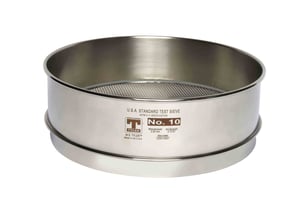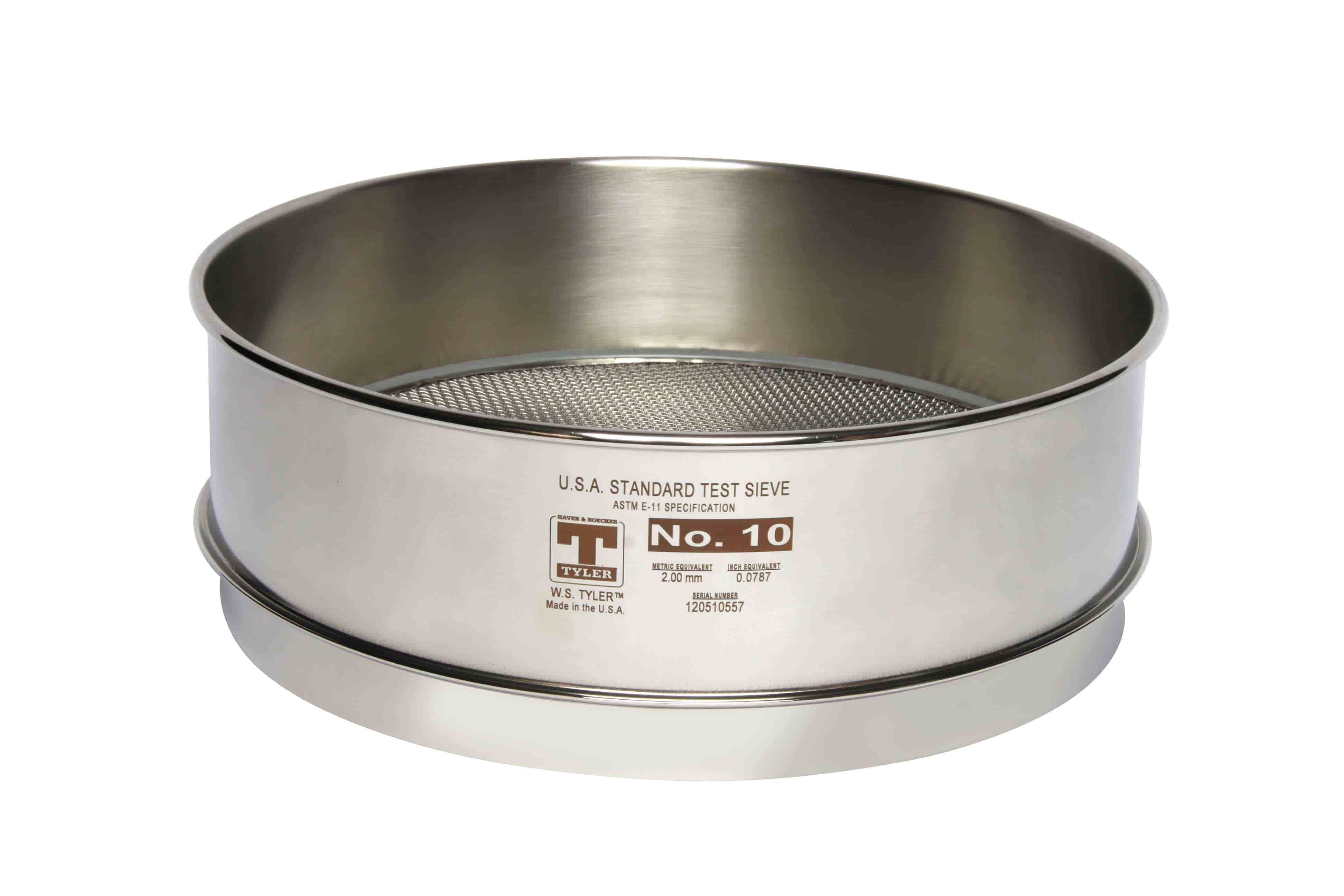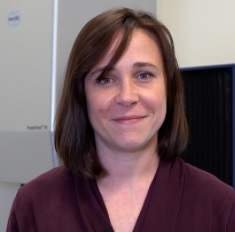What Is a Gold-Certified Test Sieve? (Definition, Process, and Cost)
Test sieve analysis is a critical element to the quality control of heavily regulated industries, such as the pharmaceutical industry and food industry. To remain in compliance with the several standards and regulations of these industries, it is important that all test sieve analysis operations employ highly accurate equipment.
As test sieves, particularly the mesh used in the mesh, are the driving factors of yielding compliant results you must ensure your test sieves are dependable and suitable for your needs. But with several test sieves with variating mesh tolerances, such as gold sieves, it can sometimes be hard to identify which sieves you should incorporate and which sieves you should not.
At W.S. Tyler we understand the impact precision has on particle analysis and use our 140 years of experience to help customers develop test sieves that meet the accuracy requirements set by industry standards.
With that, this article will cover:
- The role particle analysis plays in quality control
- What a gold sieve is
- Why you should use gold sieves
- How a test sieve becomes gold certified
- The drawbacks presented when incorporating gold sieves
- How much gold sieves cost
Precise Particle Analysis Tools for Quality Control
As quality control standards in labs get more advanced, QC technicians may find it necessary to find and work with more precise measurement tools. For dry particle analysis, test sieves are one of the most standard methods for analyzing the particle size distribution in a material sample. Within the two most widely accepted Standards that govern test sieves and mesh openings, ASTM E-11 and ISO 3310-1, there are various levels of verification that can be performed on test sieves to certify they meet the documented tolerances. You can purchase Compliance, Inspection, or Calibration grade test sieves.
For labs that need the highest level of precision in their test sieves, Gold Series test sieves are a good option.
What Is a Gold Test Sieve?

Gold Series Test Sieves are fabricated using a fine mesh screen cloth produced to extraordinarily "tight" tolerances. The product assures the technician that the permissible variation of the average openings of the instrument will be one-half (50%) of the allowable ASTM or ISO specifications. The Gold Series products are available in 8” diameter stainless steel frames and cloth for mesh sizes USA No. 20 through 500.
Why Should I Use Gold Sieves?
Gold Series test sieves were designed to be used as "masters" for internal quality assurance programs. Companies can use them when they are looking for precise levels of repeatability for very precise materials standards.
What Process Does a Test Sieve Go Through To Become Gold Certified?
W.S. Tyler inspects incoming mesh to look for rolls/sections that would qualify as “Gold” quality. These sections are then cut into circles that are stored in our lab. When a customer orders a Gold Series test sieve, a special work order is created. Once the mesh has been assembled in a test sieve frame, the completed sieve goes back into our Certification lab.
Each test sieve is then optically examined to ensure that it meets our Gold standard with opening tolerances that measure 50% of the allowable tolerances in the ASTM or ISO Standards. The certified sieve is then serialized and supplied with complete traceable documentation.
What Drawbacks Are Associated With Gold Sieves?
Because of the amount of labor that goes into the inspection process, Gold Series test sieves can be quite a bit more expensive than a standard Compliance grade test sieve. Also, because of the tighter tolerances on the mesh openings, switching to a Gold Series test sieve from a Compliance test sieve will cause some differences in the particle size distribution analysis reports.
How Much Does a Gold Sieve Cost?
A Gold Series test sieve can cost $425 - $930. The main driving factor into this cost is the amount of testing needed to identify test sieves that meet gold standards, which can prove to be a very labor-intensive process.
Additionally, the parameters of the sieve itself such as the metal alloy used, mesh specifications, and any additional certificates affect the price of a gold sieve as well. Read "How Much Does a Test Sieve Cost? (Factors and Price Ranges + Video)" to learn more about the standard test sieve expenses that play a role in the overall cost of a gold sieve.
Keep Your Test Sieves Up-to-Date To Achieve Optimal Results
Gold Series test sieves can be a great addition to various particle analysis labs, such as the ones found in pharmaceutical or precious metals companies. The tight tolerances in these quality control tools ensure that the material that is coming from production floors will meet the rigorous standards set.
But to maintain a successful and efficient operation, you must understand when your test sieves need to be replaced. This will help ensure each test sieve analysis you conduct yields accurate and repeatable results consistently, avoiding costly retesting.
W.S. Tyler stands as a prominent test sieve manufacturer with over 140 years of particle analysis experience and strives to help you keep your operation up and running.
For more information on results obtained with new test sieves vs. results obtained with old test sieves, read the following article:
About Candace Blaker
Candace is a product manager at W.S. Tyler that oversees all product lines that focus on particle size and characterization. This includes test sieves, lab equipment, computerized particle analysis, and screening media. She also leads the customer service team, assisting with technical questions and customer satisfaction. With 14 years of experience, Candace strives to help customers achieve their goals by eagerly getting to know their process and offering options that can help produce optimal results.




